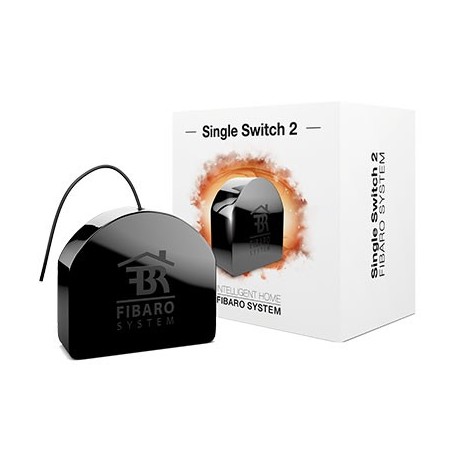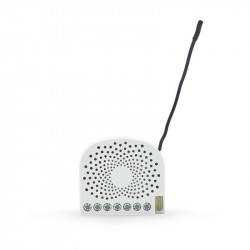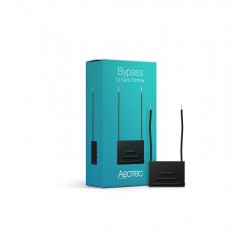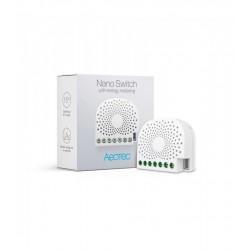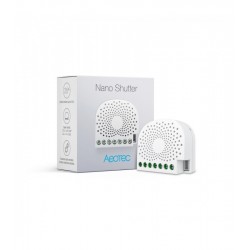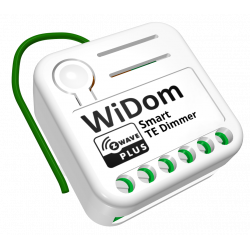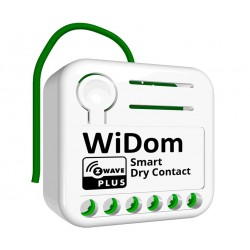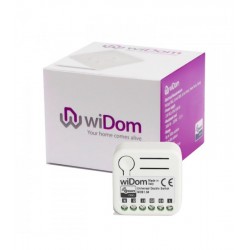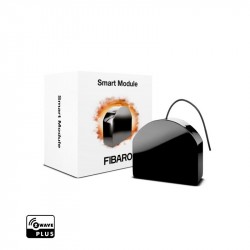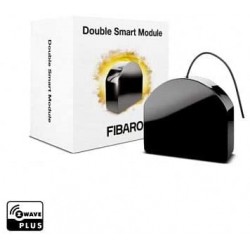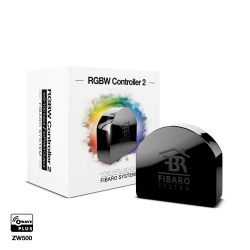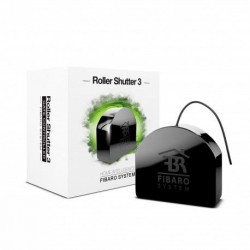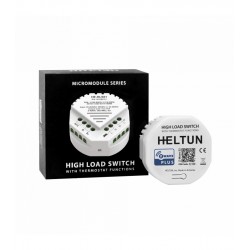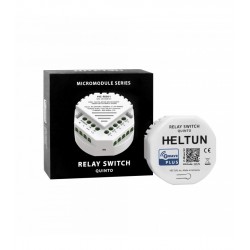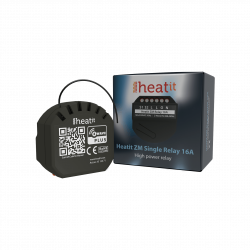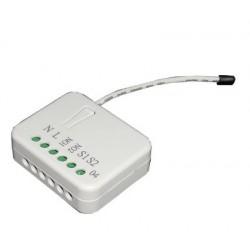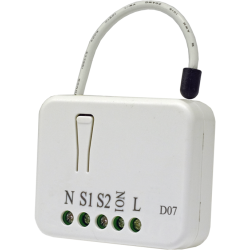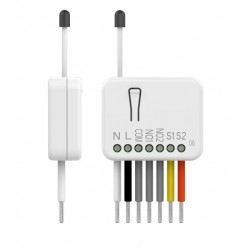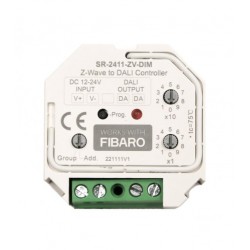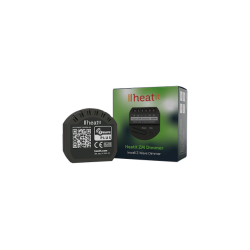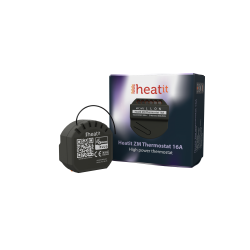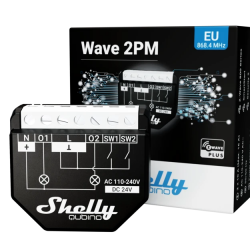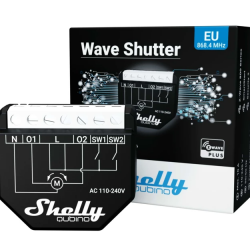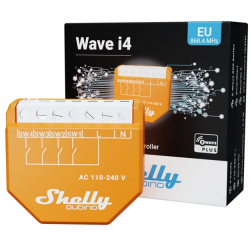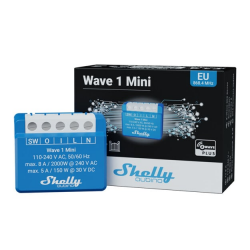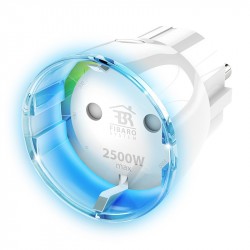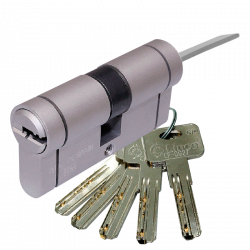No products
Prices are tax included
Product successfully added to your shopping cart
There are 0 items in your cart. There is 1 item in your cart.
Fibaro -Single Switch 2- Micro-module relay simple On / Off Z-Wave + switch with consumption measurement
FGS-213
New
The Fibaro FGS-213 "Single Switch 2" micro-module relay / switch will allow you to control a light circuit or a remote device while keeping the existing conventional switch.
In Stock
- Remove this product from my favorite's list.
- Add this product to my list of favorites.
Technical characteristics
| Home Automation Technology | Z-Wave Plus |
| Characteristic | Consumption Measurement |
More info
Fibaro's new single switch / relay, Fibaro FGS-213 "Single Switch 2" available as a single switch or relay was designed to activate and deactivate electrical devices. Thanks to its small size, it can be mounted inside mechanism boxes or appliance housings. The module is controlled either through the Z-Wave network or via a conventional switch. It has a function to measure power and energy consumption of use that allows you to control and reduce your electricity bills. Connect your Fibaro FGS-213 "Single Switch 2" in the Z-Wave home automation system together with other devices to enjoy almost infinite possibilities!
As it is 1 simple relay, it has 1 output:
- 1 output of 8A max. (1920W max. At 240V) with resistive load.
Integrated scene trigger mechanism
communication classes and security notification
setup menu with a diode
Latest generation Z-Wave with 500 series chip
Z-Wave Plus compatible
Performs Z-Wave repeater functions
Measures energy and power of connected devices
Supports safe mode (Z-Wave Security Network) with AES-128 encryption
A complex control system for each channel
A complex scene activation system for each channel (scene management)
1 to 3 presses and keeping the key pressed can be assigned to four different actions
very accurate power measurement +/- 1% power above 5W
Smart notifications
Improved connections
simple setup menu
It has a test witness of coverage of the Z-Wave network
Software updates*
compatibility with certification confirmed by FCC, DEKRA, Z-Wave
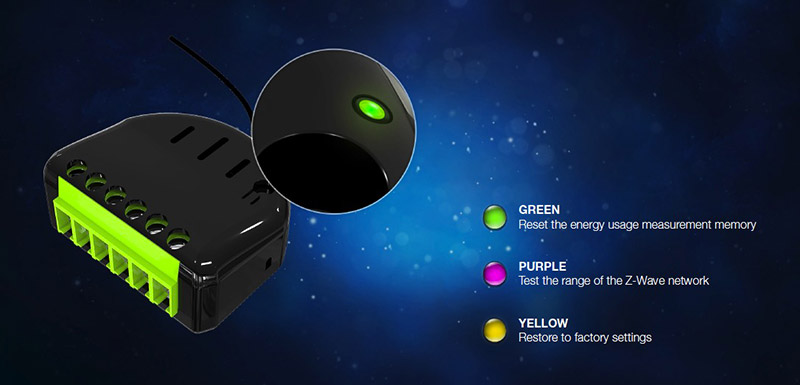
Please note that this module requires NEUTRAL to operate. The output is not potential free, which makes it impossible to control a dry contact or to load another input supply voltage.
WE REPEAT: it cannot be used in a "dry contact" type connection scheme, as its predecessor, the Fibaro FGS-212, could.
Fibaro FGS-213 relay wiring diagram
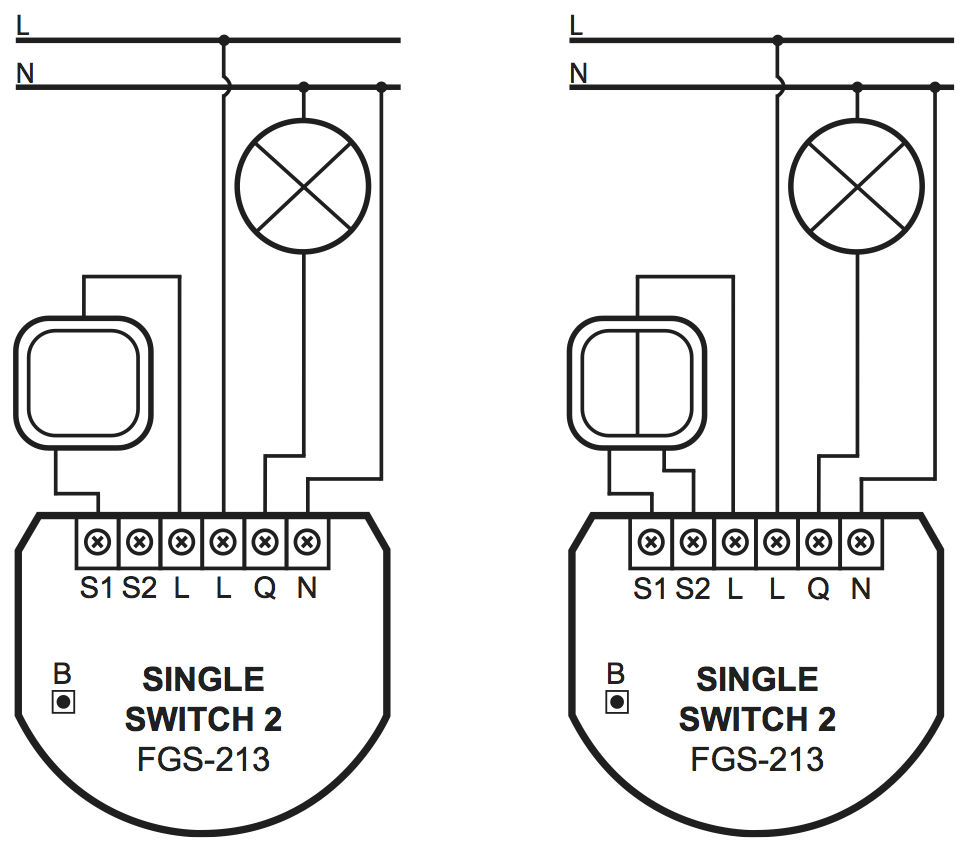
Image of wiring with both 1 and 2 circuits
Summary:
1 output:
- from 8A max. (1920W max. At 240V) with resistive load.
accurate measurement of consumption (+/- 1% of 5W).
Z-Wave + 500 Series (better remote communication).
secure communications with AES-128 encryption.
Ability to trigger home automation scenes through inputs S1 and S2 (4 possible scenes per button).
* check if the home automation controller is compatible with this specific feature
Configuration with interactive menu function and Z-Wave network tester with LED
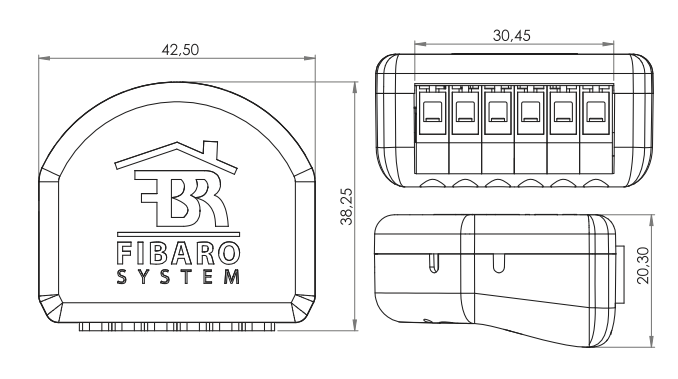
 |
Extended Z-Wave info
Manual download HERE.
2) Identify the S1 switch or the B-button (located on the device’s housing).
3) Set the main controller in remove mode (see the controller’s manual).
4) Quickly, three times press the S1 switch or the B-button.
5) Wait for the removing process to end.
6) Successful removing will be confirmed by the Z-Wave controller’s message
2) Make sure the Switch 2 is within the direct range of your Z-Wave controller.
3) Connect the device in accordance with one of the diagrams included in the manual.
4) After verifying correctness of the connection switch on the mains voltage.
5) Identify the S1 switch or the B-button (located on the device’s housing).
6) Set the main controller in (security/non-security) add mode (see the controller’s manual).
7) Quickly, three times press the S1 switch or the B-button.
8) Wait for the adding process to end.
9) Successful adding will be confirmed by the Z-Wave controller’s message.
1) Switch off the mains voltage (disable the fuse).
2) Remove the Switch 2 from the wall switch box.
3) Switch on the mains voltage.
4) Press and hold the B-button to enter the menu.
5) Wait for the visual LED indicator to glow yellow.
6) Quickly release and click the B-button again.
7) After few seconds the device will be restarted, which is signalled with the red LED indicator colour.
Use reset procedure only if the primary controller is missing or inoperable.
Active power and energy metering functionality
Z-Wave range tester
LED diode




